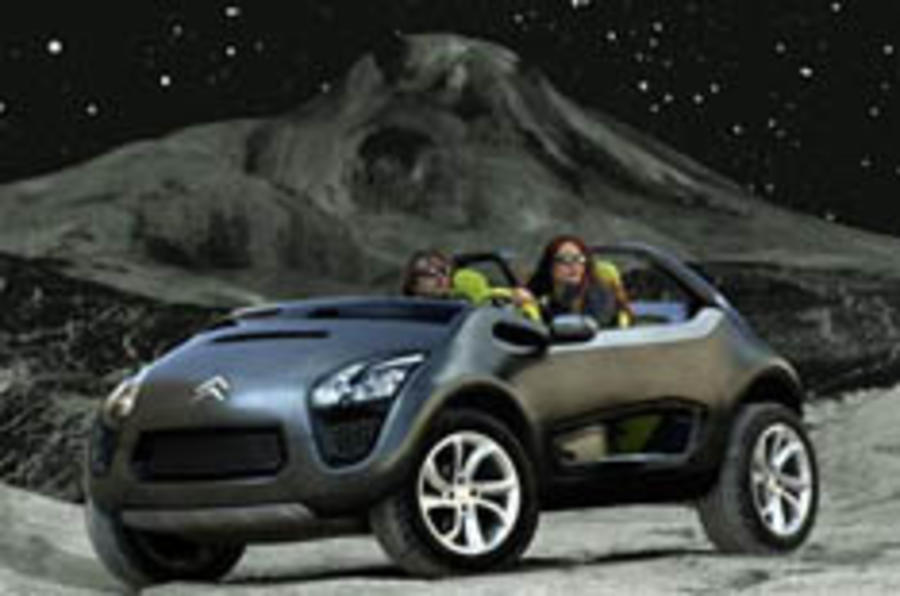29-year-old British designer Leighanne Earley is the designer of the Citroen C-Buggy concept. A graduate of Coventry University’s Transport Design course, she started work for Citroen in 1999, then worked with Ford for Lincoln, before returning to the French brand in 2003.
What prompted the C-Buggy?The brief was to do a buggy version of the C-Airplay [Citroen's city car concept of 2005]. So this was to be the brother for the Airplay for the weekend. Were you influenced by the Mehari?Not directly, but the spirit of the Mehari is definitely in C-Buggy. I did look at it when designing the car. But we're always looking ahead and didn't want to do a retro car in any way. Did any other concepts influence you?Apart from the C-Airplay, the Sportlounge. So many colleagues inside and outside Citroen say that's their favourite car; I hear it's on every desk in Detroit. What was working on the project like?Jean-Pierre Ploué, [head of design at Citroen], is a visionary. He's a believer in getting everyone's sketches on the studio wall, in going through their sketchbooks; we're constantly wondering what he'll be thinking next. At Lincoln [Earley worked at Lincoln's California studios from 1997 to 2000] I learned about constraints, the application of materials – about the architectural. At Citroen, doing this car, I've learned to think about the whole car in a very free way; I've learned about line control, surfacing highlights. I'm going to bring this 3D knowledge into my current work on interiors.
How long did the project take?Eleven months from start to finish; with around six months for the initial design phase [when the car was modelled in software and a clay buck was then created] and four to five months for the build phase [when the ideas from the clay modelling were fed back into the software and the moulds for the car were made]. How much technical involvement did you have in the design?A lot. It's the beauty of show cars – their purity. This is my very first exterior, and I loved doing both exterior and interior. In production you're constantly solving problems; with a concept the biggest limit is yourself. So decisions such as the iPod dock and the arrangement of the dash were yours?Yes, absolutely. We had the fixed-hub technology in Citroens already so I came up with the 'combinet' – the instruments being in the steering wheel hub. It's something I'd love to see on Citroens of the future. The curvy aesthetic of the C-Buggy is rather different from the rest of Citroen's range – where did that come from/?It was nice to have some volume in there; a bit of sex in the surface. I like to put emotion into the surfaces. All the designers at Citroen know its design language instinctively – this is my take on it. Some of the details came from the initial computer design phase, some from the clay modelling and some from the final computer phase. What features do you hope and expect to see in production?I hope that the level of detailing – for example in the headlamps – will see production. I also think the idea of the instruments being in the wheel has potential. Show cars are intellectual products, but attention to design in unexpected areas is something I hope to see more of.





Add your comment